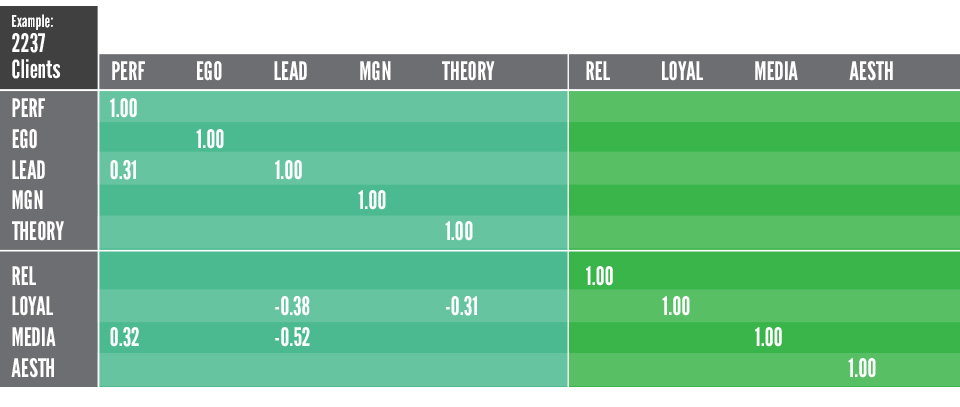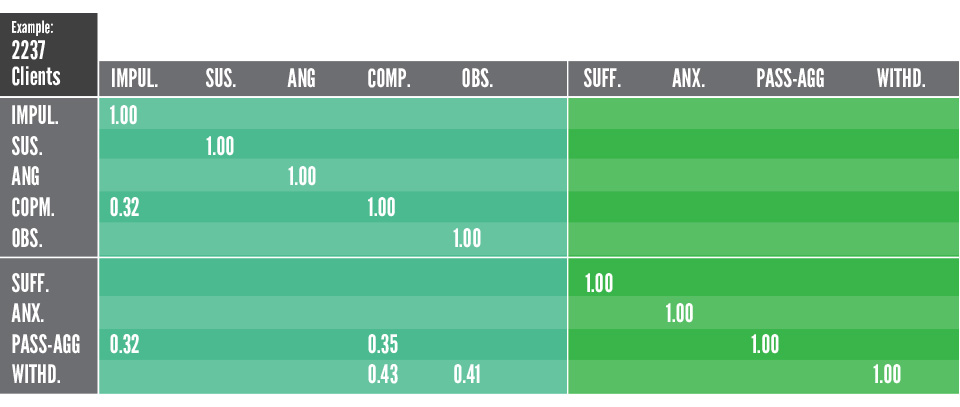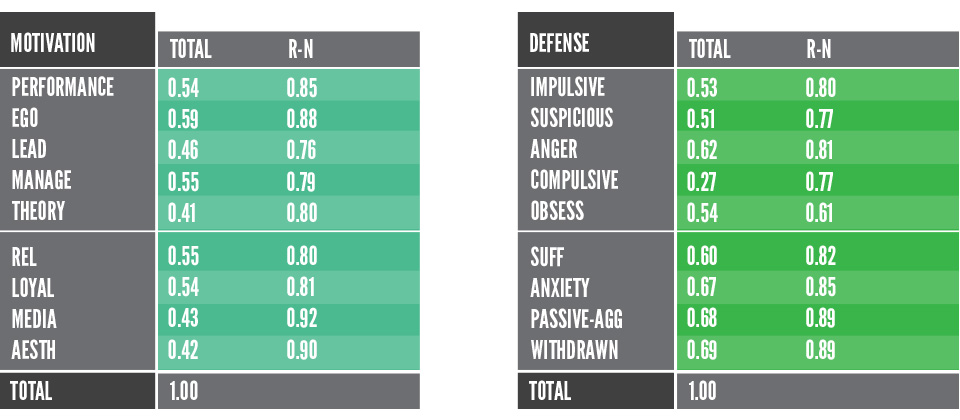Simple models like the Myers-Briggs (MBTI) are a “type test” where people fall into specific types. The MBTI has 4 factors creating 16 static types, each measured high or low. Major psychological tests, used by academe, produce a descriptive analysis of one’s personality based on the Big-5 Factor (BFF) analysis. The factors are remembered by the acronym OCEAN which stands for Openness, Conscientiousness, Extraversion, Agreeableness and Neuroticism. While better, the BFF analysis uses static factors as well.
Type and Trait tests are not based on a robust personality theory but on a description of one’s behavior (e.g., he’s dominant, she’s extraverted). The major thrust of the Digital Couch™ is to use a personality theory to explain why people “do what they do” (i.e., what motivates their behavior) and when those motivations are thwarted, what defensive behavior is exhibited to re-establish a positive psychological equilibrium (Why You are You – Edward Murray, 1999). This approach has a much greater explanatory basis and is more often used in a clinical setting (versus research) where understanding of an individual is essential.
Consider the Trait of Extraversion in three people who score "E = 85%". Each can score the same way but for entirely different reasons:
(1) He’s extraverted but needs relationships to satisfy his self-esteem and be appreciated (Ego drive)
(2) His friends are a source of security/self-definition (Relating drive)
(3) She needs and seeks to influence and control others (Leader drive)
The Digital Couch™ expands beyond traits, assessing the underlying motivations that define them. Based on a sample size of 3,000 clients, the Digital Couch™ produces the following correlation matrix for the nine motivations (Controlling vs. Supportive):

As is evident from the correlation matrix, the controlling motivations and the support motivations are fairly distinct since there is minimal evidence of correlation.
The nine defenses produce the following correlation matrix:

The correlation matrix below shows how each Motivation and Defense is correlated with the total motivational or defensive output and how the raw data is correlated with the normed ratio data.

The first part illustrates that as an individual admits any of their motivations and/or defenses, they’re more willing to admit their overall motivations and defenses. This finding, when compared to one’s trait responses, allows you to draw conclusions about trait responding versus responding to underlying psychological issues.
This is the basis for several comparisons that are impossible when only trait items are used as in all other psychological tests. Since both the motivations and defenses “exhaust the possibilities” of the underlying dynamics, you can isolate a “unique responding pattern” from the data and draw novel conclusions.
This is evident in the second column headed by R-N which shows the raw score versus a Normed Ratio score. The typical methodology in psychology is assuming a normal curve and deriving the mean and standard deviation of one’s responses. By using “ratio scores” you can eliminate response biases and get the real score even if a person withholds data.
This short survey of major correlation matrices should give you an idea regarding the structure of the Digital Couch™ and what the scales hope to achieve in terms of evaluating an individual's behavior. |










